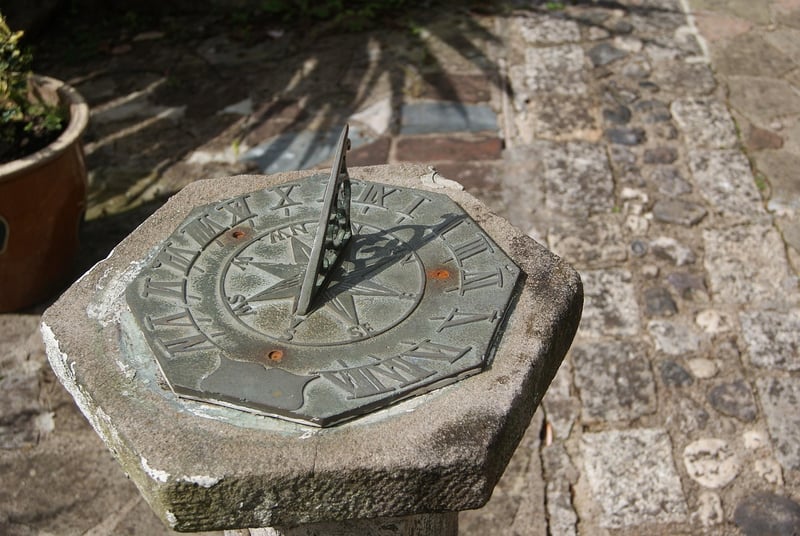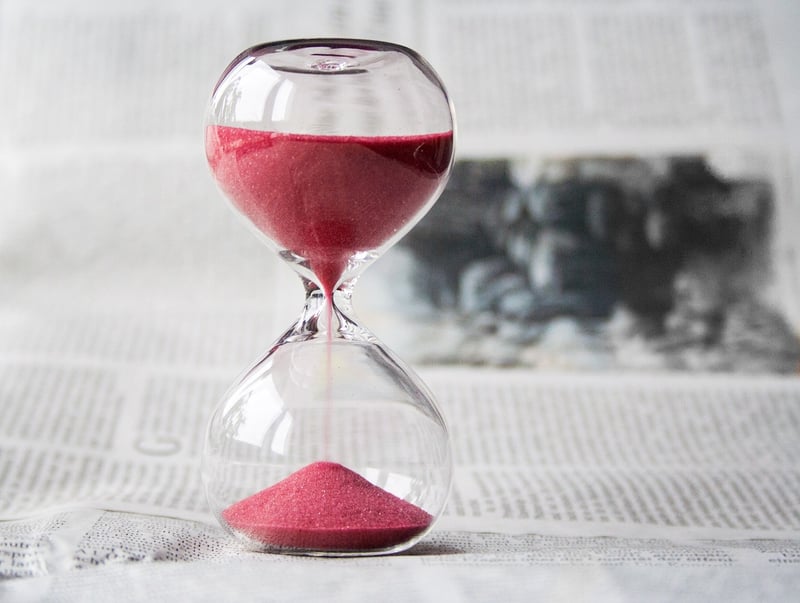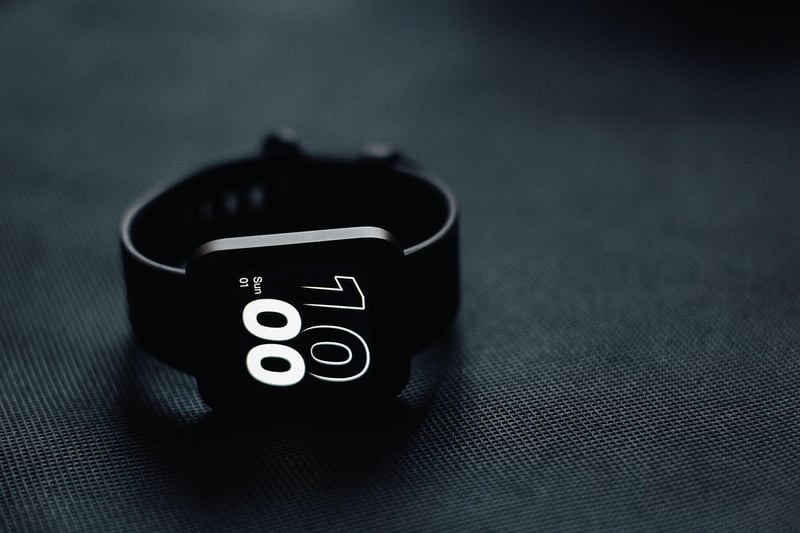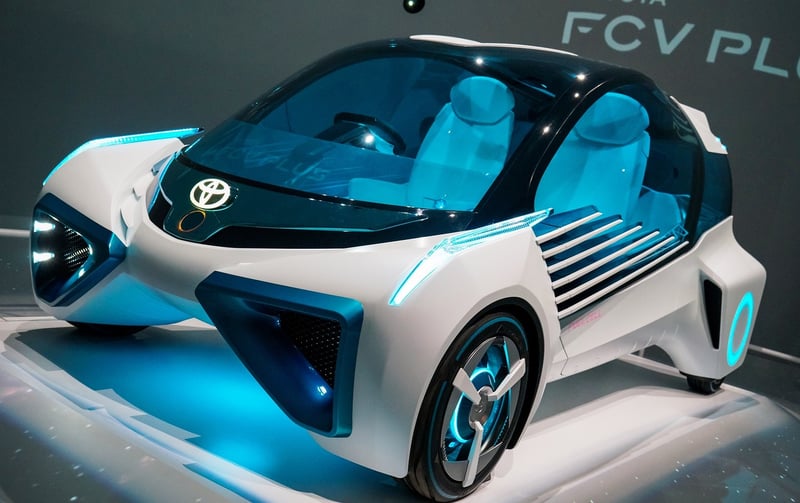Futuristic Prototypes
The Evolution of Time Devices: From Classic Clocks to Futuristic Prototypes
Time-telling devices have come a long way from sundials and hourglasses to modern digital watches and smartwatches. Let's explore the diverse range of time devices throughout history and take a sneak peek into some futuristic prototypes that may shape the future of timekeeping.
1. Sundials
Sundials are one of the oldest time-telling devices, dating back to ancient Egypt. These devices use the position of the sun's shadow to indicate the time of day.

2. Hourglasses
Hourglasses, also known as sandglasses, were used in the past to measure time. They consist of two glass bulbs connected vertically by a narrow neck that allows a regulated flow of sand from one bulb to the other.

3. Analog Clocks
Analog clocks with rotating hands to indicate hours, minutes, and seconds became popular in the 17th century. These mechanical clocks were an essential part of households and public spaces for centuries.

4. Digital Watches
With the advent of technology, digital watches replaced traditional analog ones in the late 20th century. These watches display time digitally using electronic screens, offering more precision and functionality.

5. Smartwatches
Smartwatches combine the functionality of a digital watch with additional features like fitness tracking, notifications, and connectivity to smartphones. They have become popular accessories for tech-savvy individuals.

6. Futuristic Prototypes
As technology continues to advance, futuristic prototypes of time devices are being developed. These prototypes may include holographic displays, biometric sensors for health monitoring, and AI integration for personalized time management.

From ancient sundials to cutting-edge futuristic prototypes, the evolution of time devices showcases human ingenuity and our quest for precision and innovation in timekeeping.
Stay tuned as we witness the exciting developments in the world of time devices!
